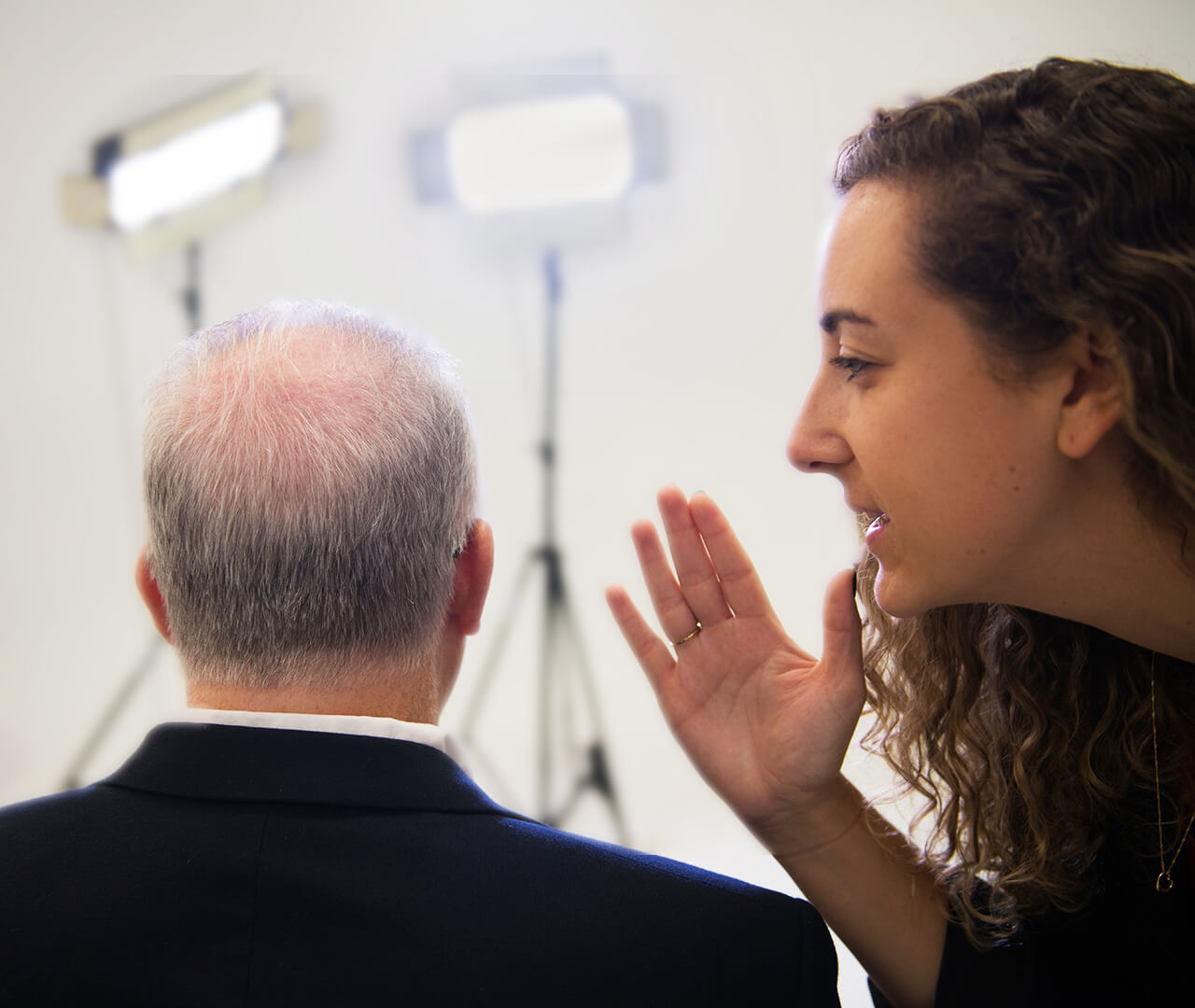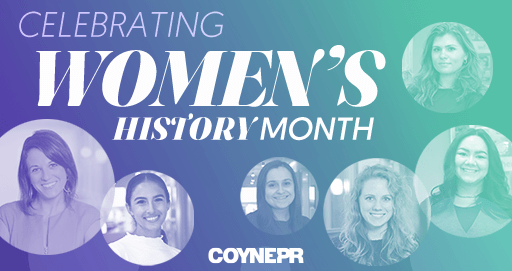Recently, after a media training session with a client she thanked me and I found myself telling her that conducting media training is one of my favorite parts of the job – and I meant it.
As I thought about it, it made sense: I was a child who always wanted to be on camera. Seriously, ask my parents about the Mariah Carey music videos I’d perform during family parties, or the Lion King interpretive dances I’d make up with my next-door neighbor. I tell my parents daily that they messed up by not making me a child actor. Missed opportunities.
Now looking at my PR career, I may not have the type of job that allows me to be on camera (still bitter), but I have the unique opportunity to be behind the camera in several ways– including media training. Advising clients, executives, brand managers, and more on the best ways to represent themselves and their brand in the media isn’t always easy and can be intimidating, but I’ve always found it extremely rewarding. A lot of times, the simple tricks, phrases and transitions you give them are what can get them out of a major jam on national television.
In preparing for any media training session, there’s of course an interactive deck, funny videos of flubs, and tons of examples, tips and tricks. After media training a range of clients, you start to see trends emerge and anticipate the type of personalities you’ll encounter during media training.
Here are three personalities and how to navigate:
The Confident Carl
Many top-level executives think they know everything there is to know about media – experience or not. While many may have had prior media experience, others may have stayed out of the spotlight. The thing to know going into any media training: there’s always more to learn. There’s always more knowledge you can impart on the marketing representative you’re training – including updated messaging, different flagging techniques, or simply running through questions and offering new ways to answer.
Don’t let it throw you off your media training game if they act like they know more than you – most of the time, even those who go in thinking they “know it all” will tell you after how much they got out of it. Keep it fresh, keep it unique and keep it engaging, and you’ll be the hero every time.
The Timid Timmy
Many times, you are media training the regional restaurant manager, sales representative or local veterinarian. These types of media trainees can sometimes have a lot less confidence and media experience than C-suite executives, but the interview can be just as important. Local interviews can make them a celebrity in their market and give them visibility within the company, and conversely can have a negative effect on their career path if it goes awry. Some may be timid on camera and it’s important to give them the confidence they need to go into any interview with their head held high. Practicing certainly helps – and positive reinforcement whenever they do something right goes a long way.
Having the patience and understanding that being in front of a camera doesn’t come naturally to everyone (not everyone can be a born star, like me) is important when going into any media training situation.
The Chatty Cathy
There’s always one. The one who LOVES to talk to media – to a fault. I’ve seen marketing professionals put their foot in their mouth, email a reporter as a “casual” conversation that got turned into a negative story (“they’re a good friend!” they explained), and in general, talk and talk and talk to fill the silence, getting themselves into trouble in the process by saying too much when they strayed from their key points. I’ve had to cut into many an interview when an interviewee has seemingly backed themselves into a corner, had rambled on too long, or had no idea how to answer a follow up question that wouldn’t have existed if they had just…stopped talking.
To avoid being that PR person that’s doing this in the background, make sure to practice not only how to speak to media – but when to stop talking and let them fill the silence. Save the over-sharing for Instagram and keep to your key messages and nothing more.
Bonus: Media Training Crash Course Tips
Videos, Pictures, Gifs, Oh My! – Make your media training presentation as interactive as humanly possible. These presentations can get incredibly boring and you want to make an impression. There are TONS (and I mean tons) of great videos of what NOT to do, and conversely, as PR professionals we constantly see great interviews where you can say, “Damn, she was properly media trained!” Some personal favorites: Russell Brand calling out MSNBC for being unprofessional and getting his message in regardless (I love it so much), and a BBC politician demonstrates that message memorization is a big no-no (know your message – don’t overdo it!). Gifs and pictures work just as well!
New Amateur Documentarian or Media Trainer Expert? – Invest in a small video camera – it may be the most important thing you bring to media training. Going over sample questions with executives and watching them react in real-time can give you the best chance of catching a major problem with their techniques and answers – or find where they really shine. It also gives execs invaluable insight into how they stand, the way they speak, or the random hair flip they had no idea they did. An executive might hit every message perfectly on the phone, but put them in front of a TV camera and they panic. Practice makes perfect and there’s no better way than showing them on a video camera of your own. Plan to download each sample Q&A afterward and send them links with your key takeaway notes and call-outs.
Ask the Tough Questions – Throw them some soft balls to warm them up, and then go for the kill with the hot-button issue they’re dying to avoid. Better to go through worst case scenario in an office conference room than live on Good Morning America!
Bottom line, whether you’re in front of the camera, or behind it, there’s plenty to learn when it comes to proper media etiquette and how to direct clients to knock that media interview out of the park. Remember, a clear, concise interview with engaging message points, smooth transitions and casual, but interesting conversation will often be the deciding factor when media need an expert for an upcoming interview. Make sure your client is top of their list!
Learn more about Executive Media Training at Coyne PR here.




